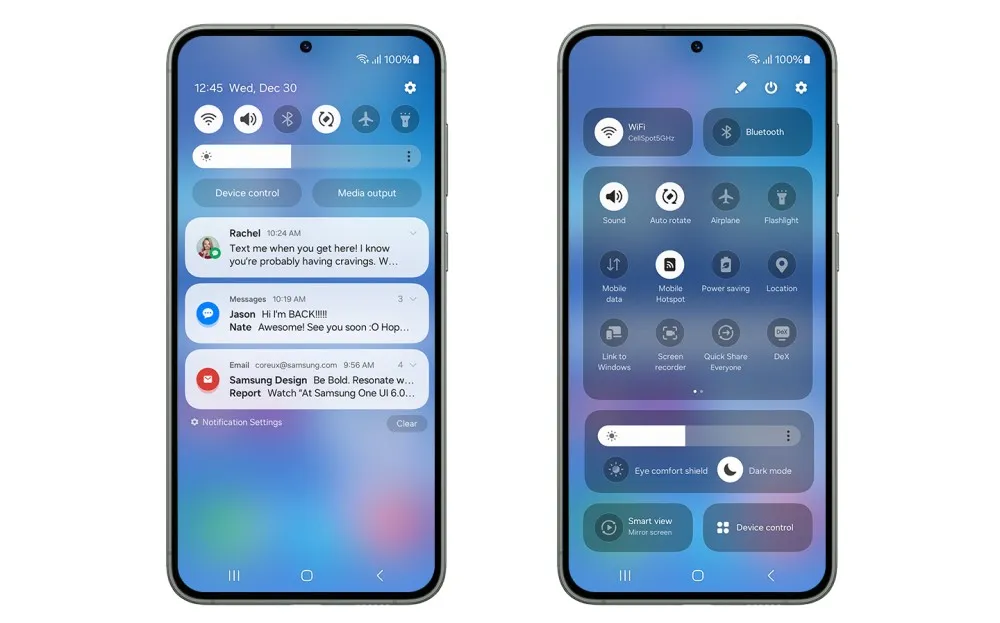Sony, a giant in the digital camera industry, is on the verge of revolutionizing the user experience with its recent patent application. The patent hints at a new feature where camera operation is conveyed to the user through vibrations, paving the way for more intuitive user interactions.
A Vibrant Venture into Haptic Feedback
Sony's recent patent application, dated October 16, 2023, delves into a mechanism that transmits camera operations to the user through vibrations. The core idea revolves around embedding a vibration device in the camera, more specifically in the shutter button. This innovation aims at providing real-time feedback to the users while they interact with the camera, creating a more tactile user experience1.
This isn't Sony's first foray into enhancing user interaction. Known for its mirrorless Alpha cameras that boast probably the fastest autofocus in the market, Sony's venture into haptic feedback technology is a testament to its continuous strive for innovation. The patent describes a vibration motor connected directly to the shutter button, poised to provide real-time feedback for certain actions, making it a potentially invaluable addition for photographers and videographers alike2.
Potential Applications and Benefits
The integration of haptic feedback in shutter buttons opens up a realm of possibilities. The most straightforward application could be feedback on focus lock, a critical aspect in photography. However, the patent suggests that this technology could be highly customizable due to its software linkage, offering a range of feedback options. For instance, different vibration patterns could indicate various states like seeking focus, confirming focus lock, or notifying inability to find focus.
Moreover, the vibrating shutter button could provide silent feedback on the number of snaps captured in a burst or changes in other settings like exposure, aperture, or shutter speed without requiring the user to look at the screen. This feature could significantly enhance user interaction, making camera operations more intuitive and less distractive, especially in scenarios demanding utmost concentration and minimal visual distractions2.
The Road Ahead
Although the patent application doesn't provide a clear indication of when this feature will be introduced, or in which models, the potential benefits it harbors are palpable. It underlines Sony's commitment to evolving the digital camera user experience, making it more intuitive and user-friendly.
This innovation might just be the tip of the iceberg, heralding a new era of user interaction in the digital camera world. It also sets a precedent that other manufacturers might follow, elevating the overall user experience in the photography and videography domains.
Sources: Asobinet NotebookCheck



